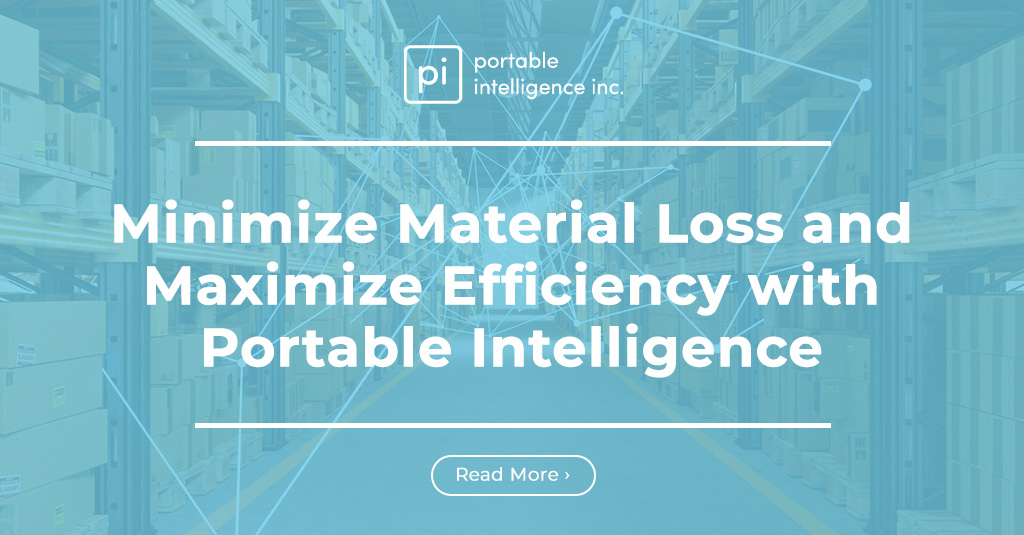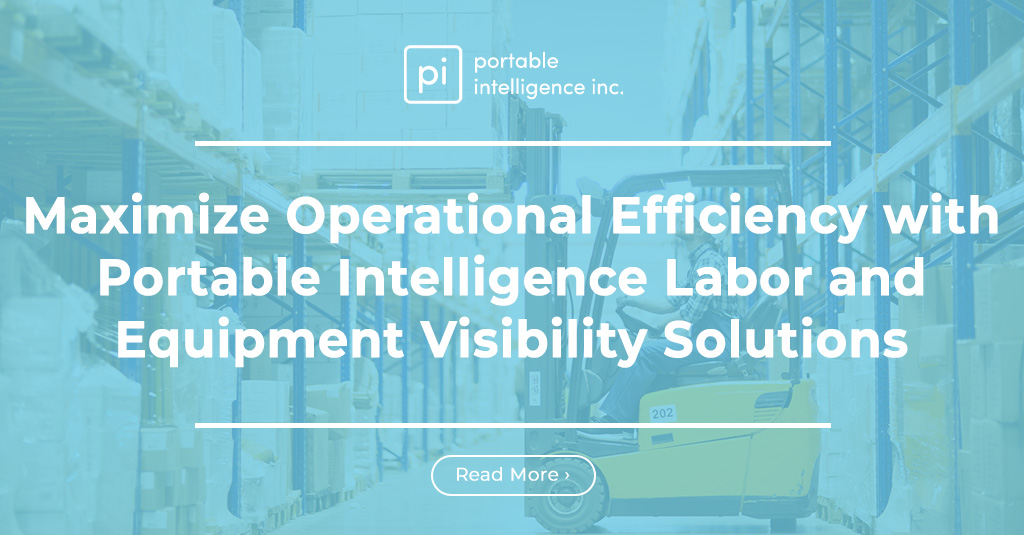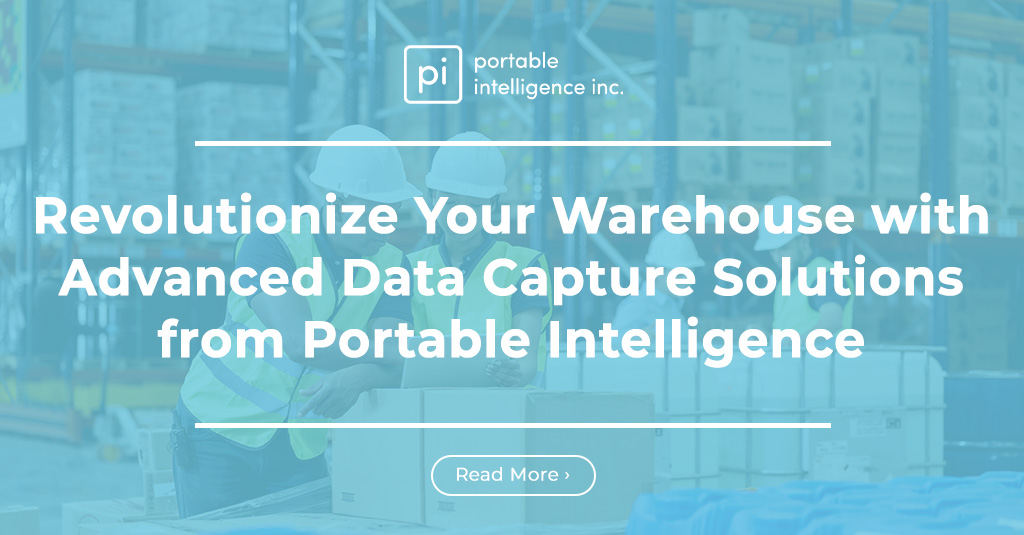Efficiency is a key factor in the success of any warehouse or manufacturing facility. From inventory management to order fulfillment, every aspect of the operation is impacted by how efficiently resources are utilized. In order to improve efficiency, it is essential to have a clear understanding of how resources are being used and to identify areas for improvement. One tool that has proven to be particularly effective in maximizing warehouse efficiency is real-time forklift tracking.
Real-time forklift tracking involves the use of technology to monitor the movement of forklifts within a warehouse or manufacturing facility. This technology allows for the collection of data on factors such as route optimization, operator performance, and maintenance needs. By analyzing this data, managers can identify areas for improvement and make data-driven decisions to optimize efficiency.
Real-time forklift tracking has been shown to have a range of benefits for warehouse and manufacturing operations. These benefits include improved productivity, enhanced safety, and cost savings. In order to achieve these benefits, however, it is important to understand best practices for implementing real-time forklift tracking and to consider the challenges and considerations associated with this technology. In the following sections, we will explore these topics in more detail.
Benefits of real-time forklift tracking
- Improved productivity: Real-time forklift tracking can have a significant impact on productivity within a warehouse or manufacturing facility. By providing real-time data on the location and movement of forklifts, managers can identify bottlenecks in the flow of materials and optimize routes to reduce downtime. Additionally, operators can be monitored for efficiency and given feedback on their performance, leading to further improvements in productivity.
- Reduced downtime: Real-time forklift tracking can help reduce downtime in a number of ways. For example, if a forklift is delayed due to a bottleneck in the warehouse, the system can automatically adjust the route to avoid the bottleneck and keep the forklift moving. Additionally, if a forklift breaks down or requires maintenance, the system can quickly identify the issue and send a maintenance team to address it. This reduces the amount of time the forklift is out of commission and minimizes the impact on productivity.
- Optimized routes: By analyzing data on forklift movement, real-time forklift tracking systems can identify inefficiencies in current routes and suggest optimizations to reduce travel time and increase efficiency. For example, the system may identify that certain areas of the warehouse are frequently congested and suggest alternate routes to avoid the congestion.
- Enhanced safety: Safety is a top priority in any warehouse or manufacturing facility. Real-time forklift tracking can help improve safety in a number of ways, including preventing collisions and accidents and promoting operator accountability.
- Operator accountability: Real-time forklift tracking systems can also promote operator accountability by monitoring operator behavior and providing feedback on performance. For example, the system may track the number of pallets moved by each operator and provide feedback on how efficiently they are working.
- Cost savings: Real-time forklift tracking can also lead to significant cost savings for warehouse and manufacturing operations. By optimizing routes and reducing downtime, operators can complete more tasks in less time, reducing labor costs. Additionally, by identifying maintenance needs early, forklifts can be kept in better condition, reducing maintenance costs.
- Reduced maintenance costs: Real-time forklift tracking systems can help reduce maintenance costs by identifying maintenance needs early and scheduling preventative maintenance before major issues occur. This reduces the likelihood of breakdowns and reduces the cost of repairs.
- Reduced labor costs:By optimizing routes and reducing downtime, real-time forklift tracking systems can help operators complete more tasks in less time, reducing the need for additional labor.
Best practices for implementing real-time forklift tracking
While real-time forklift tracking can provide a range of benefits, there are several best practices that managers should keep in mind when implementing this technology. These best practices include ensuring operator buy-in, addressing privacy concerns, and providing adequate training and support.
- Ensuring operator buy-in: One of the most important considerations when implementing real-time forklift tracking is ensuring that operators are on board with the technology. Some operators may view the technology as invasive or as a tool for monitoring their performance. To address these concerns, managers should be transparent about the goals of the technology and involve operators in the implementation process. Operators should be given the opportunity to ask questions and provide feedback on the technology.
- Addressing privacy concerns: Another key consideration when implementing real-time forklift tracking is addressing privacy concerns. Operators may be uncomfortable with the idea of being constantly monitored, and there may be concerns about the storage and use of data. To address these concerns, managers should ensure that the technology complies with all relevant data privacy regulations and that data is only used for legitimate purposes. Additionally, managers should be transparent with operators about how data will be used and stored.
- Providing adequate training and support: Finally, it is important to provide adequate training and support when implementing real-time forklift tracking. Operators should be trained on how to use the technology and should be given support when issues arise. Additionally, managers should provide regular feedback on operator performance and use data from the technology to identify areas for improvement.
Challenges and considerations
While real-time forklift tracking can provide numerous benefits to warehouse and manufacturing operations, there are also some challenges and considerations that should be taken into account.
- Cost: One of the primary challenges of implementing real-time forklift tracking is the cost. While the technology has become more affordable in recent years, it still requires a significant investment in hardware and software. Additionally, there may be ongoing costs associated with maintenance, updates, and support.
- Data privacy and security: Another consideration when implementing real-time forklift tracking is data privacy and security. The tracking system will be collecting data on the movement and behavior of forklift operators, and it is important to ensure that this data is kept secure and used only for its intended purpose. This may require implementing security measures such as encryption and access controls.
- Operator training: Real-time forklift tracking systems can provide a wealth of data on operator behavior, but this data is only valuable if operators know how to interpret and use it. It is important to provide comprehensive training for operators on how to use the system and how to interpret the data it provides. Additionally, operators should be made aware of any performance metrics that will be tracked, and given clear expectations for their performance.
- Integration with existing systems: Real-time forklift tracking systems may need to be integrated with existing warehouse or manufacturing systems, such as inventory management or order fulfillment systems. This can be a complex process and may require significant customization to ensure that the tracking system is compatible with existing software and hardware.
- Maintenance and support: Like any technology, real-time forklift tracking systems require ongoing maintenance and support to ensure that they continue to function properly. It is important to have a plan in place for regular maintenance and updates, as well as a support system for addressing any issues that may arise.
- Operator buy-in: Finally, it is important to ensure that forklift operators are on board with the implementation of real-time tracking. Operators may be resistant to the technology if they feel that it is intrusive or that it will be used to monitor their behavior in a negative way. It is important to communicate the benefits of the technology and to involve operators in the implementation process to ensure that they feel comfortable with the system and understand how it will be used.
In summary, real-time forklift tracking is a powerful technology that can help businesses stay competitive in today’s fast-paced and complex manufacturing and warehousing environments. With careful planning and attention to the challenges and considerations involved, businesses can achieve success in their implementation and reap the benefits of improved efficiency, enhanced safety, and cost savings.




